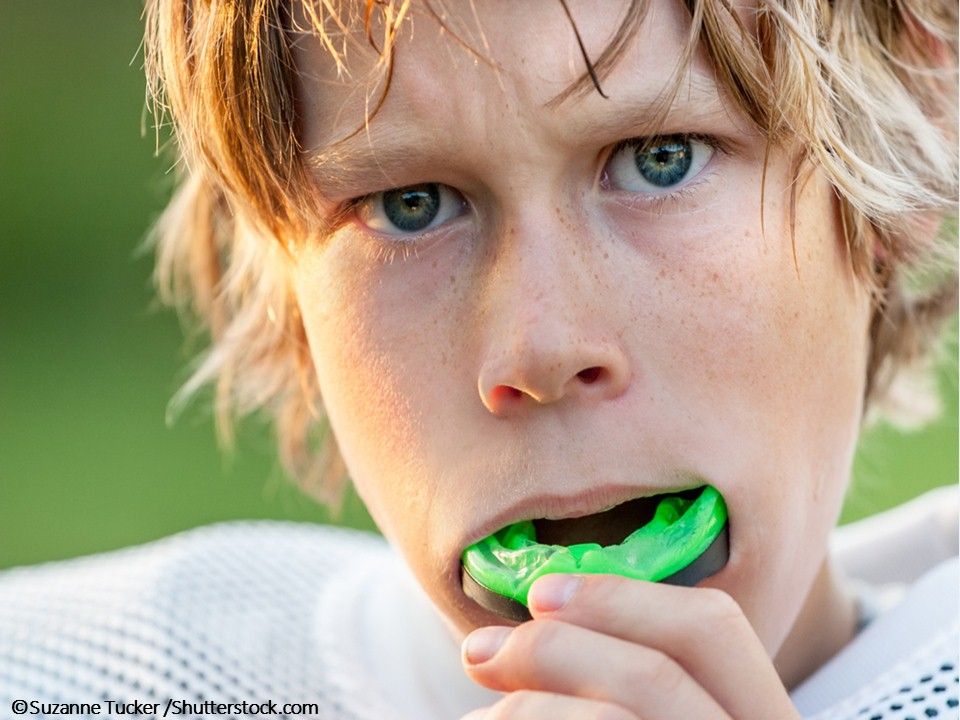Article
In Youth Sports, Does It Pay to Specialize?
The payout may be an increased risk of injury and burnout.
Photo credit: ©Suzanne Tucker/Shutterstock.com

Youth sports specialization is a growing trend that has been linked to an increased risk of injury and burnout. Specialization is defined as engaging in a sport for at least three seasons a year to the exclusion of other sports.
The study
A trial presented at the 2018 Annual Meeting of the American Academy of Orthopaedic Surgeons (AAOS) in New Orleans sought to quantify the injury risk of specialization in young athletes.
The trial analyzed data from the Growing Up Today Study, which focused on the children of registered nurses. Analysis of 12,000 youth, aged 9 to 14 years, was conducted over a 4-year period (1997, 1998, 1999, 2001), in addition to 2004 data on injury history completed by their mothers.
“It’s important to note that other studies on sports specialization have been retrospective, in that they look at kids who are injured, and then asked them if they specialized and how many hours they were playing,” said lead author of the study Mininder Kocher, MD, MPH, associate director, division of sports medicine at Boston Children’s Hospital and professor at Harvard Medical School, department of orthopaedic surgery. “Correlating this data to their injury leaves room for potential bias. Our study took a future-forward approach by having mothers, who are registered nurses, record their children’s sports and activities, the number of hours a week and detailing their children’s injuries.”
The results
The researchers found that sports specialization is associated with a higher volume of physical activity and that total hours per week of vigorous activity is predictive of injury. For girls in the study, the number of hours per week of activity was a stronger predictor of injury than sports specialization. For boys, both specialization and the number of hours per week were predictive of injury
The researchers also found that early sports specialization in baseball and cheerleading/gymnastics led to an increased risk of injury in boys. For girls, early sports specialization in running, swimming, volleyball, and cheerleading/gymnastics were all independently predictive of injury.
References:
The growing trend of youth sports specialization [press release]. Rosemont, IL: American Academy of Orthopaedic Surgeons; March 6, 2018.




